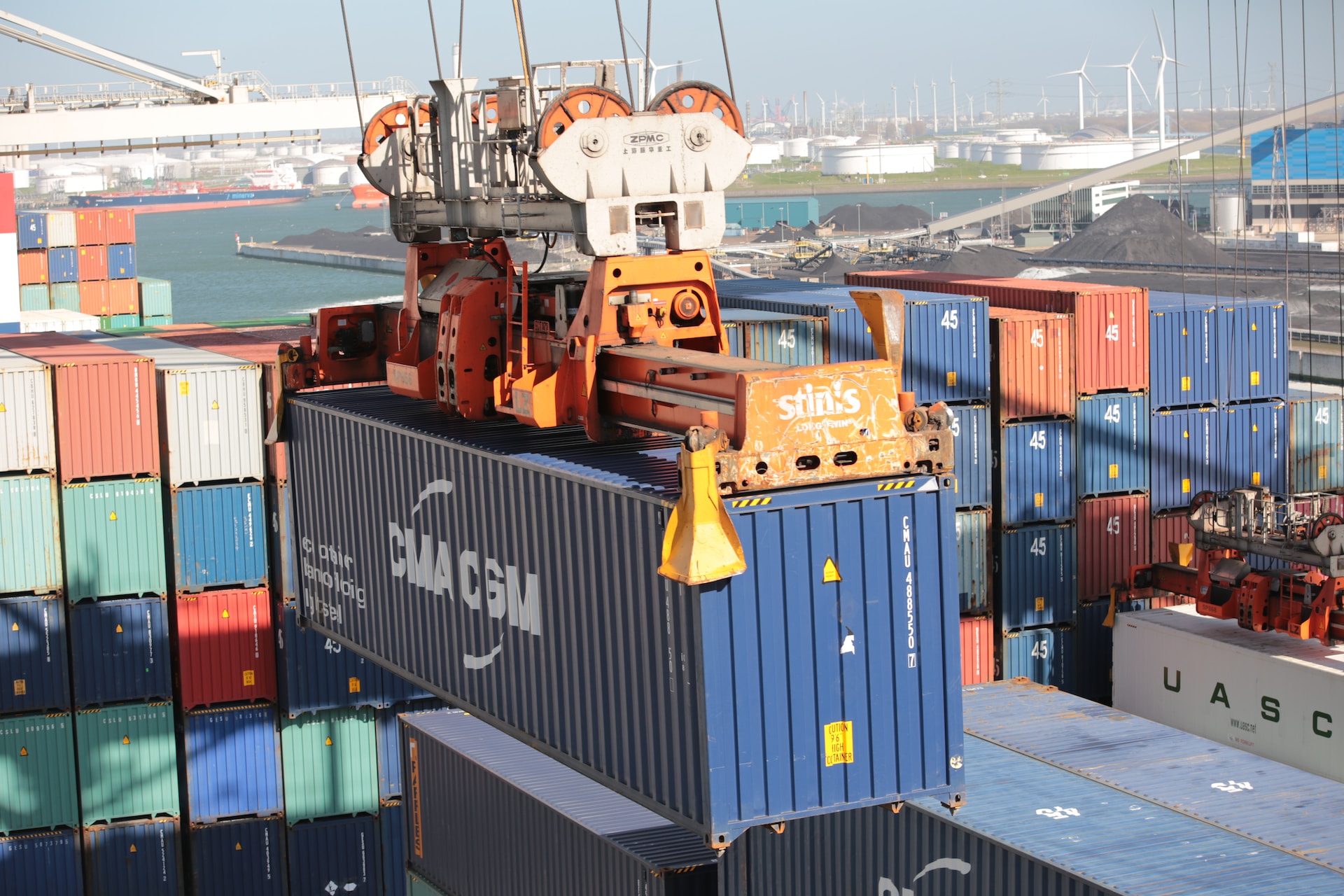By establishing a consistent system for classifying and identifying commodities, HTS codes serve an important role in streamlining and simplifying international trade. Understanding and correctly applying HTS codes is critical for traders to ensure rapid customs clearance, compliance with trade regulations, and access to global markets. The relevance of the Harmonized Tariff Schedule and its function in enabling international business cannot be understated as global trade evolves and expands. Businesses may improve their trade operations, reduce interruptions, and maximize chances for growth in the increasingly interconnected global economy by becoming familiar with the HTS system and its intricacies.
What exactly are HTS Codes?
The World Customs Organization's (WCO) Harmonized Tariff Schedule, often known as the Harmonized System (HS), is an internationally accepted classification system. It establishes a consistent structure for allocating unique codes to traded items based on their type, composition, and usage. Customs agencies, traders, and other stakeholders in the international commerce ecosystem use these codes, known as HTS or HS codes, to:
- Identify and classify goods: HTS codes help to accurately categorize traded products, ensuring that the correct tariffs, taxes, and trade rules are imposed.
- Collect and analyze trade data: HTS codes allow for the collection of detailed trade statistics, enabling governments, corporations, and researchers in understanding trade patterns and making educated decisions.
- Facilitate trade compliance: HTS codes aid traders and customs officials in navigating complex trade regulations and ensuring compliance with international trade agreements.
HTS Code Structure
The HTS system is divided into 21 sections, 96 chapters, and hundreds of headings and subheadings to reflect the wide range of items traded globally. An HTS code is made up of six to 10 numbers, each of which represents a different level of classification:
- The first two digits are: These digits represent the general product category in which the item is categorised.
- The following two digits: Heading - These digits denote the chapter's product group.
- Next two digits: The following two digits further subdivide the heading, offering a more thorough classification of the good.
- 7–10 additional digits: National-level categorization - For domestic tariff and statistical purposes, certain countries, such as the United States, utilize additional digits to further classify commodities.
It is critical for traders to correctly calculate the HTS code for their items, as inaccuracies can result in delays, penalties, or even the commodities being denied entry.
How to Locate and Employ HTS Codes in International Trade
Traders can use the following sites to determine the correct HTS code for a certain product:
- WCO HS Nomenclature: The WCO manages the official HS Nomenclature, which contains the first six digits of HTS codes. This paper can be accessed on the World Customs Organization's website or purchased in printed copy.
- National Tariff Schedules: The majority of countries publish their own tariff schedules, which include the full HTS codes for commodities as well as applicable tax rates and trade laws. The United States International Trade Commission (USITC), for example, keeps the United States Harmonized Tariff Schedule (HTSUS) on its website.
- Customs Rulings and Classification Tools: Some nations' customs administrations offer online tools or databases to help businesses determine the relevant HTS codes for their items. Traders can also request binding judgements from customs authorities in order to acquire a definitive classification for their goods.
Read more views
















